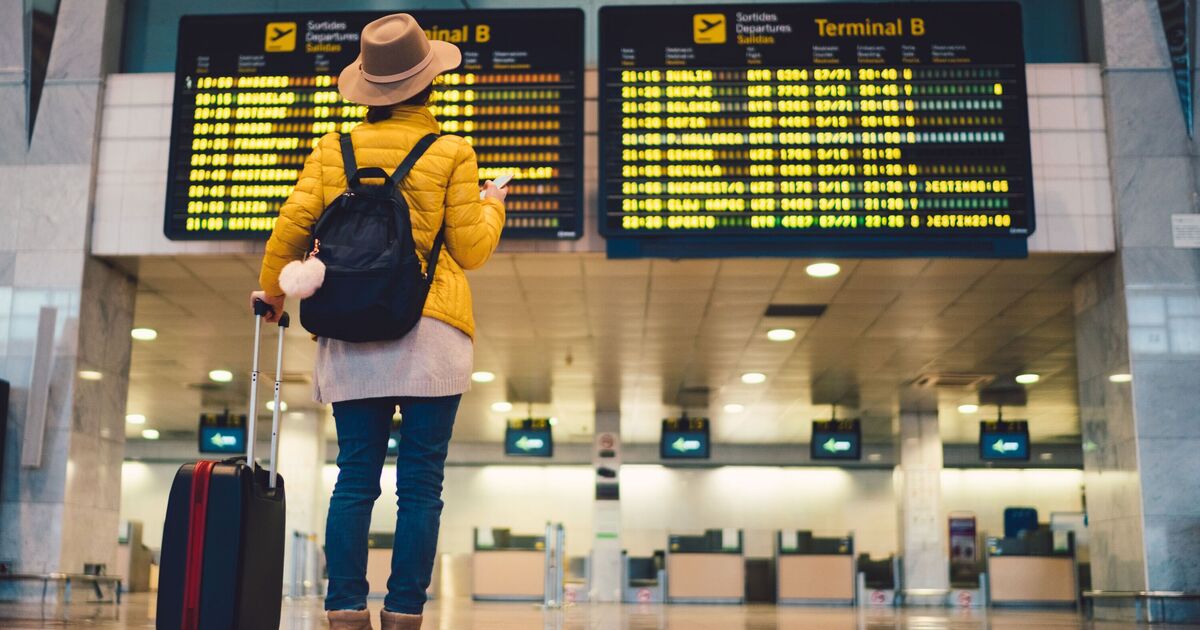European airports are considering letting travellers bring up to two litres of liquids in a win for British tourists. High-tech C3 scanners would facilitate the move, the European Commission said, upping the liquid allowance from the current 100mls per toiletry. There is currently a ban on the screening technology, but the change in rules would reverse this.
However, only scanners from UK-based Smiths Detection would be allowed, meaning airports that bought from rivals could not implement the change. Each airport would be responsible for communicating which rules it will follow for its security checks. Anna-Kaisa Itkonen, the Commission’s transport spokesperson, said it would apply to “700 scanners that are located across 21 member states”, many of which are in “major hubs”.
She added: “The decision concerns the first configuration of a certain type of scanners, and there are other types as well.
“They will have to inform passengers fully whether they are using this latest technology or whether they’re not using it.
“It does not mean that now all passengers everywhere in the EU can take bigger containers of liquids with them.”
C3 scanners utilise CT technology, the same non-invasive technique used by hospitals, to create 3D images of baggage contents.
This allows for more effective detection of prohibited items, including liquids and electronics, without requiring passengers to remove them from their bags.
Any decision on the EU plan must wait for the European Civil Aviation Conference to recertify the scanners and the Commission to give its final approval.
There are already different rules regarding liquid allowances across Europe, leading to confusion amongst travellers.
Malpensa Airport in Milan allows passengers flying from Terminal 1 to bring two litres of liquids, but not those flying from Terminal 2.
Within the same city, Bergamo Airport is keeping the 100ml until November 28, by which time the new C3 scanners should be installed.
Dutch airports such as Amsterdam Schipol also reportedly have the technology to facilitate a bigger liquid allowance, but have not implemented any changes yet.

